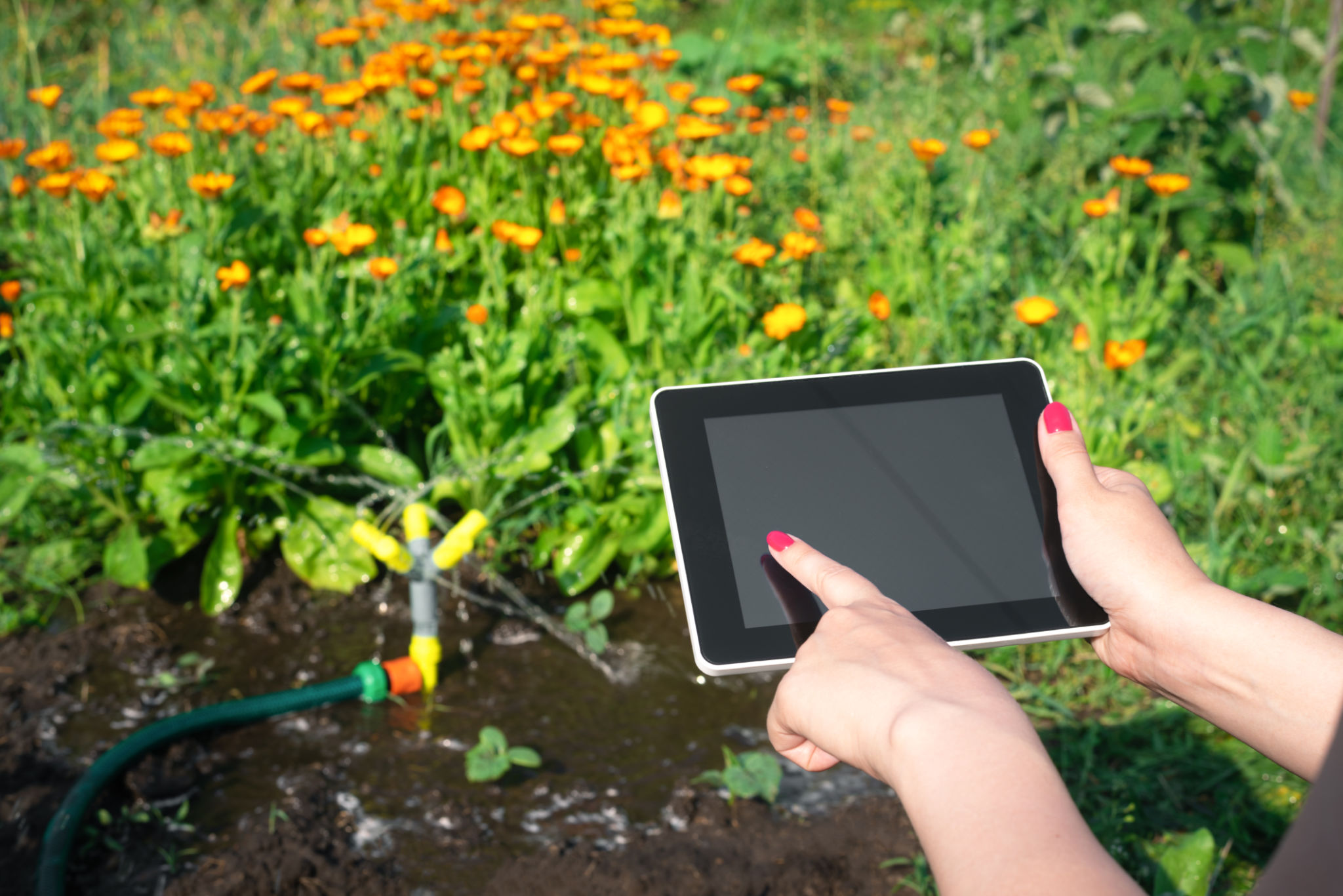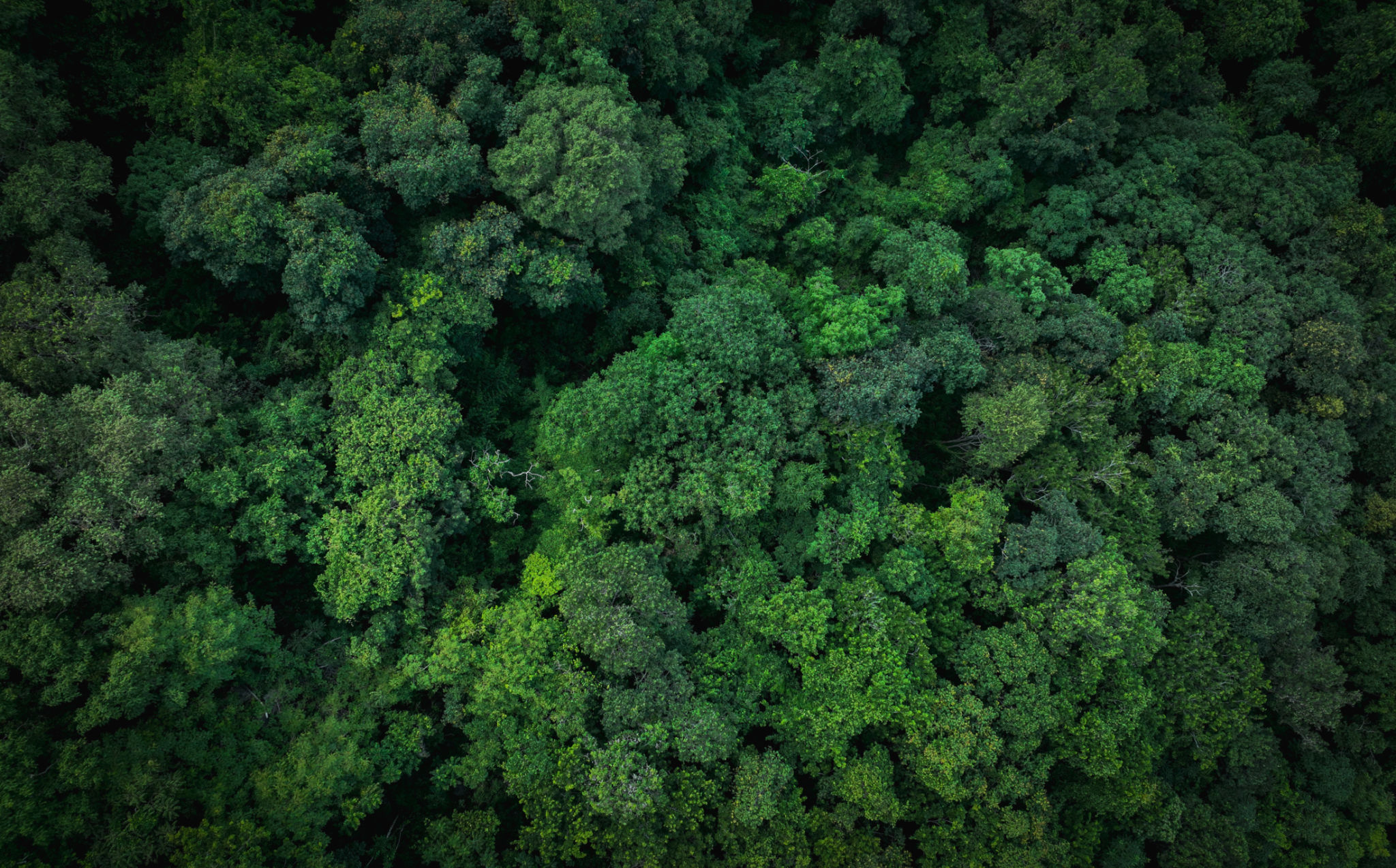Eco-Friendly Landscaping Solutions for Dubai Homes
MA
Understanding the Importance of Eco-Friendly Landscaping
As the world moves towards sustainable living, eco-friendly landscaping has gained significant attention, especially in urban areas like Dubai. With its harsh climate and limited water resources, adopting sustainable landscaping practices not only benefits the environment but also enhances the aesthetic appeal of homes.
Eco-friendly landscaping involves using native plants, efficient irrigation systems, and sustainable materials to create beautiful and environmentally responsible outdoor spaces. By focusing on these elements, residents can enjoy lush gardens without compromising on ecological principles.

Choosing Native Plants
One of the most effective ways to create an eco-friendly landscape is by incorporating native plants. These plants are adapted to the local climate and require less water and care compared to exotic species. In Dubai, native plants such as the Ghaf tree, date palms, and various succulents thrive naturally and contribute to biodiversity.
These plants not only reduce water consumption but also support local wildlife by providing habitats for birds and insects. When planning your landscape, consider a diverse mix of shrubs, grasses, and flowering plants to create a balanced ecosystem.
Water-Efficient Irrigation Systems
Water scarcity is a significant concern in Dubai, making efficient irrigation systems crucial for sustainable landscaping. Drip irrigation and smart sprinkler systems are excellent options that minimize water wastage by delivering water directly to the plant roots.
These systems can be automated and programmed to adjust water usage based on weather conditions, further conserving resources. By investing in such technologies, homeowners can maintain vibrant gardens while significantly reducing their water bills.

Utilizing Sustainable Materials
In addition to plant selection and irrigation, the choice of materials plays a vital role in eco-friendly landscaping. Opt for locally sourced stones, recycled materials, and permeable paving to reduce carbon footprint. These materials allow rainwater to seep into the ground, replenishing the underground water table.
Consider using natural mulches such as wood chips or bark to retain soil moisture and suppress weeds. These options are not only environmentally friendly but also add a natural aesthetic to your garden.
Creating Wildlife-Friendly Habitats
Eco-friendly landscaping goes beyond aesthetics by fostering habitats that support local wildlife. Incorporating bird feeders, nesting boxes, and small water features can attract various species of birds and beneficial insects, contributing to a thriving ecosystem.
By designing with wildlife in mind, you create a harmonious balance between human habitation and nature, enhancing biodiversity in urban settings.

Integrating Renewable Energy
Another dimension of sustainable landscaping is the integration of renewable energy sources. Solar-powered lighting solutions not only enhance the beauty of your garden at night but also reduce reliance on conventional energy sources.
These lights can be strategically placed along pathways or around focal points in the garden to create an enchanting ambiance while being energy-efficient.
The Economic Benefits of Eco-Friendly Landscaping
While eco-friendly landscaping contributes significantly to environmental conservation, it also offers economic benefits. By reducing water usage and maintenance costs, homeowners can save money in the long run. Additionally, properties with sustainable landscapes often have higher market value due to their appeal and reduced ecological impact.
Investing in eco-friendly solutions is not just a trend but a wise financial decision that aligns with global sustainability goals.
Conclusion: Embracing Sustainability in Landscaping
Eco-friendly landscaping solutions provide a path towards a more sustainable and aesthetically pleasing environment for Dubai homes. By choosing native plants, implementing efficient irrigation systems, using sustainable materials, creating wildlife-friendly spaces, and integrating renewable energy sources, residents can enjoy vibrant gardens that respect nature and contribute to a healthier planet.

